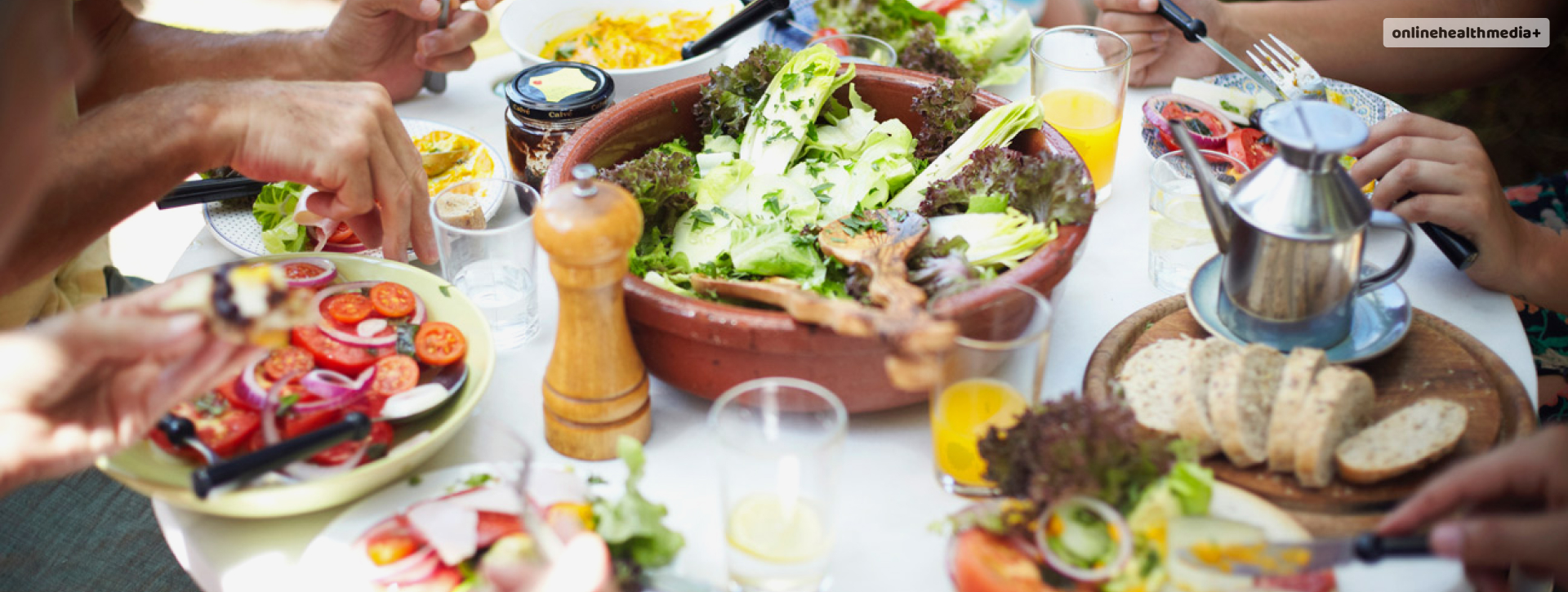Should You Follow A Low Sodium Diet? Here Is The Answer!
A low sodium diet, also known as a low-salt diet, is a dietary plan that restricts the intake of sodium, a mineral commonly found in salt (sodium chloride).
To learn more about this diet, like why you should follow it and what food you must eat (and not eat), keep reading this post till the end.
Contents
Why Follow A Low Sodium Diet?
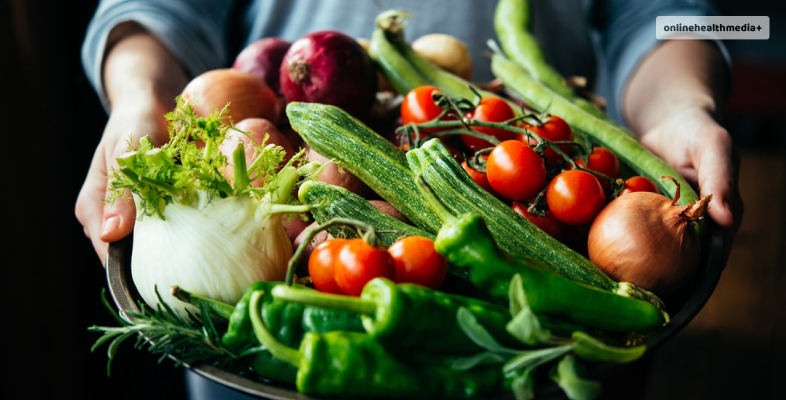
A low sodium diet menu is often recommended for individuals with certain medical conditions or those looking to improve their overall health. Sodium plays a crucial role in maintaining proper fluid balance, nerve function, and muscle contraction in the body.
However, excessive sodium intake, especially in the form of salt, can lead to health issues, particularly related to the cardiovascular system and blood pressure.
The World Health Organization (WHO) recommends consuming less than 2,000 mg of sodium per day, which is roughly equivalent to 5 grams (or one teaspoon) of salt.
However, many health organizations, including the American Heart Association, recommend an even lower sodium intake of 1,500 mg per day, especially for individuals with high blood pressure, kidney problems, or certain other health conditions.
What Are The Benefits Of A Low Sodium Diet?
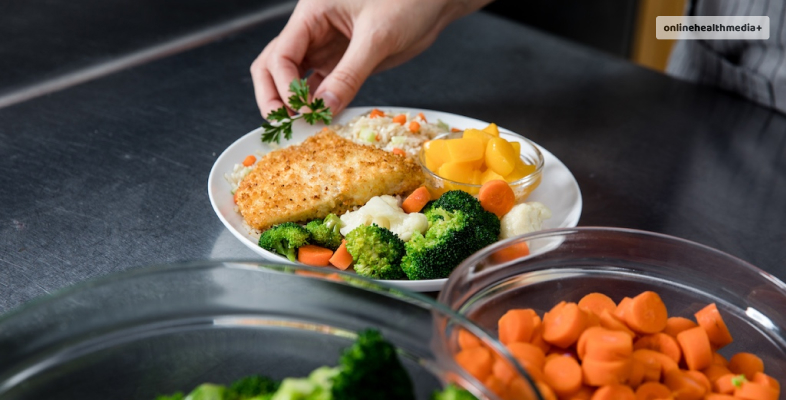
Adopting a low sodium diet can have several significant benefits for overall health and well-being. Here’s a detailed explanation of the benefits of a low-sodium diet:
1. Blood Pressure Regulation
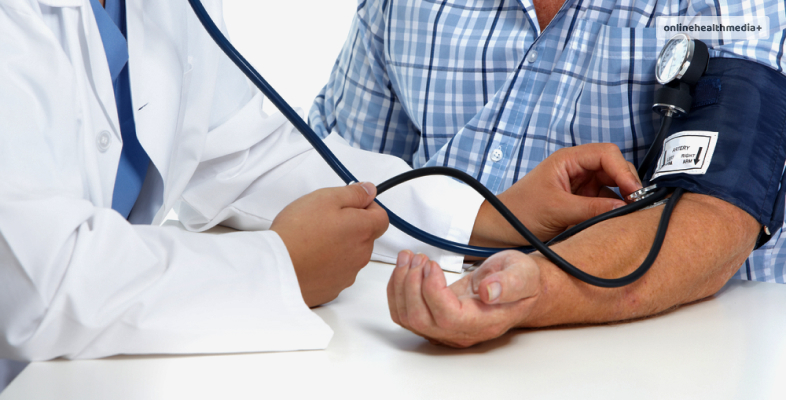
One of the most well-known benefits of a low sodium diet is its ability to regulate blood pressure. High sodium intake can lead to increased blood volume, causing elevated blood pressure.
By reducing sodium intake, blood volume decreases, which helps in controlling blood pressure. Maintaining a healthy blood pressure level reduces the risk of heart disease, stroke, and kidney problems.
2. Heart Health
High blood pressure is a significant risk factor for heart disease. By managing sodium intake, individuals reduce the strain on their hearts.
This reduction in stress can lower the risk of heart attacks, congestive heart failure, and other cardiovascular issues. A low sodium diet also supports overall cardiovascular health, promoting longevity.
3. Kidney Health
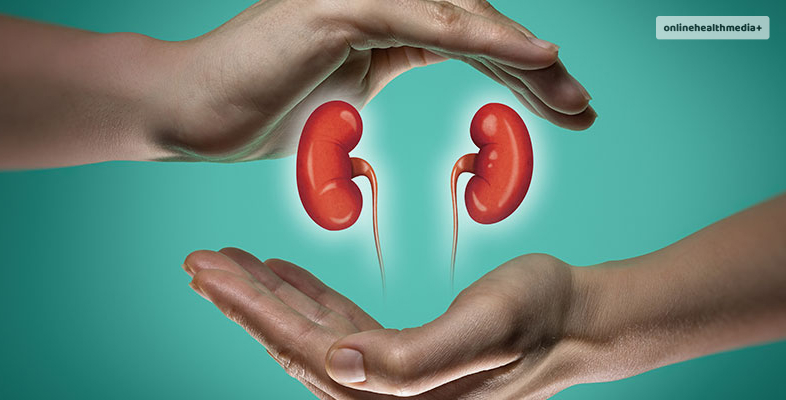
The kidneys play a vital role in filtering excess sodium from the body. High sodium intake can strain the kidneys, potentially leading to kidney damage or worsening existing kidney conditions.
A low sodium diet helps maintain kidney function and reduces the risk of kidney disease progression.
4. Reduced Risk of Stroke
High blood pressure is a leading cause of strokes. By managing blood pressure through a low sodium diet, individuals significantly reduce their risk of experiencing a stroke. Strokes can cause severe neurological damage and are a major cause of disability and mortality.
5. Prevention of Edema

Edema is the accumulation of excess fluid in body tissues, leading to swelling, often in the legs and ankles. A low sodium diet helps prevent edema by reducing water retention.
This is particularly important for individuals with heart or kidney problems, where edema is a common symptom.
6. Improved Bone Health
High sodium intake can lead to increased calcium excretion through urine, potentially weakening bones over time.
A low sodium diet, combined with adequate calcium and vitamin D intake, supports strong and healthy bones, reducing the risk of osteoporosis and fractures.
7. Balanced Fluid Levels

Sodium balance is crucial for maintaining proper fluid levels in the body. Excessive sodium intake can lead to dehydration and disrupt the body’s electrolyte balance.
A low sodium diet helps maintain proper hydration and ensures the body’s systems function optimally.
8. Improved Cardiovascular Function
High sodium intake can contribute to arterial stiffness and impaired endothelial function, which are markers of cardiovascular disease.
By reducing sodium intake, these functions improve, leading to better overall cardiovascular health and a lower risk of heart-related complications.
9. Supports Weight Loss

Many processed and high-sodium foods are calorie-dense. By choosing low-sodium, whole foods, individuals often consume fewer calories, aiding in weight loss and weight management.
Additionally, a well-balanced, low sodium diet promotes a feeling of fullness, reducing the likelihood of overeating.
10. Better Management of Chronic Conditions
Individuals with chronic conditions like hypertension, heart disease, kidney disease, and diabetes can benefit significantly from a low sodium diet.
Managing sodium intake helps control symptoms, prevents complications, and improves the overall quality of life for individuals with these conditions.
Best Low Sodium Foods For A Low Sodium Diet
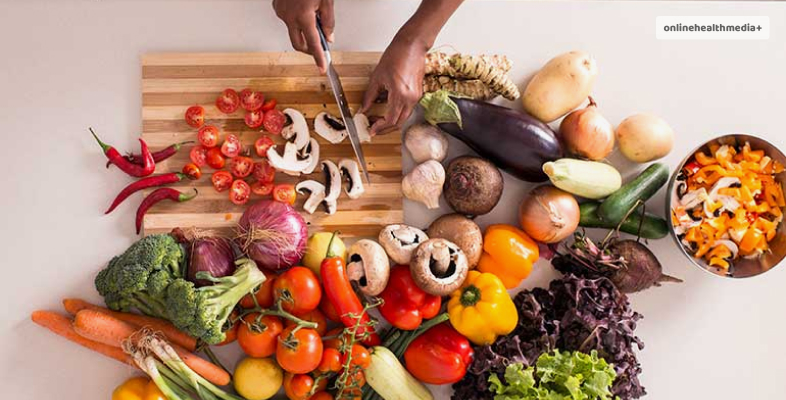
When creating a hopping list for low sodium diet, it’s important to choose foods that are naturally low in sodium and to be mindful of processed and restaurant foods, which often contain high levels of added salt.
Here are some of the best low-sodium foods for a low sodium diet plan, along with detailed explanations of their benefits:
1. Fresh Fruits And Vegetables
Fresh fruits and vegetables are naturally low in sodium and rich in potassium, a mineral that helps balance sodium levels in the body. Potassium helps the kidneys excrete sodium through urine, thereby reducing sodium levels in the bloodstream.
Additionally, fruits and vegetables are high in vitamins, minerals, and antioxidants, making them essential components of a healthy, low sodium diet. Fruits are also essential parts of the Lipedema diet and the Hashimoto diet
2. Lean Proteins
Unprocessed, lean protein sources such as poultry, fish, tofu, beans, and legumes are naturally low in sodium. They provide essential amino acids without significantly impacting sodium levels.
However, it’s important to choose unprocessed versions and avoid pre-seasoned or processed meats, which often contain added salt.
3. Whole Grains
Whole grains like brown rice, quinoa, oats, and whole wheat are naturally low in sodium. They are high in fiber, which aids digestion and helps maintain a feeling of fullness.
Additionally, whole grains provide a steady release of energy, making them a good choice for those on a low sodium low sugar diet.
4. Low-Sodium Dairy Or Dairy Alternatives
Low-sodium or sodium-free versions of milk, yogurt, and cheese are available in most grocery stores. These products are important for bone health as they are good sources of calcium and vitamin D.
For those avoiding dairy, there are various low-sodium plant-based milk alternatives such as almond, soy, and oat milk.
5. Nuts And Seeds
Nuts (like almonds and pistachios) and seeds (like chia seeds and flaxseeds) are naturally low in sodium and high in potassium, making them a heart-healthy snack option.
They are also rich in healthy fats, fiber, and protein. While they should be consumed in moderation due to their calorie density, they can add flavor and nutrition to a low sodium diet.
6. Herbs And Spices
Herbs and spices add flavor to meals without adding sodium. Fresh herbs like basil, cilantro, and parsley, as well as spices like turmeric, cumin, and garlic powder, can enhance the taste of dishes. They are essential for making low-sodium meals delicious and satisfying.
7. Legumes
Beans, lentils, and peas are excellent sources of plant-based protein and are low in sodium. They are also high in fiber, which aids digestion and helps maintain stable blood sugar levels. Legumes are versatile and can be used in various dishes, adding both nutrition and flavor.
8. Fresh Herbs And Vegetables
Fresh herbs like parsley, chives, and dill, as well as vegetables like onions, garlic, and bell peppers, can enhance the taste of meals without adding significant sodium. They are excellent for adding depth and aroma to dishes and can be used in various cuisines.
9. Homemade Sauces And Condiments
Many commercial sauces and condiments are high in sodium. Making sauces like tomato sauce, salsa, and salad dressings at home allows you to control the sodium content.
You can use herbs, vinegar, and citrus juices to enhance flavor without relying on salt.
10. Water And Low-Sodium Beverages
Staying hydrated is crucial for overall health. Water is naturally free of sodium and is the best choice for hydration.
Additionally, there are various low-sodium or sodium-free beverages available, including herbal teas and certain fruit juices. Always check labels to ensure they are low in sodium.
High Sodium Foods To Avoid For A Low Sodium Diet
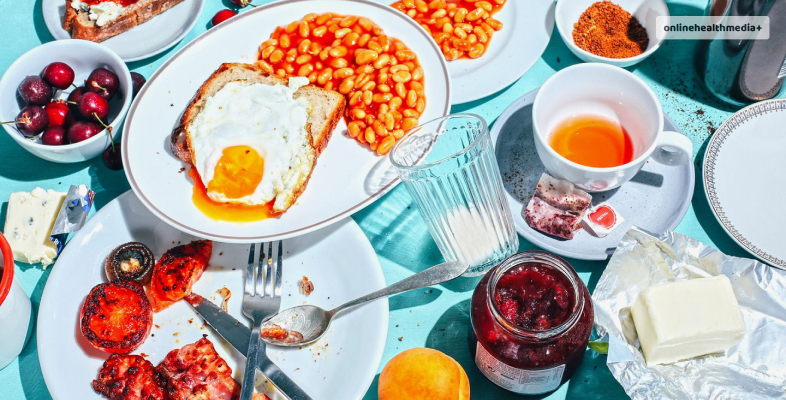
It’s crucial to be aware of high-sodium foods when following a low sodium diabetic diet, as excessive sodium intake can lead to health issues like high blood pressure, heart disease, and kidney problems.
Here’s a detailed explanation of high-sodium foods to avoid in your low sodium diet:
1. Processed Meats
Processed meats such as bacon, sausages, hot dogs, and deli meats are often very high in sodium. The curing and preserving processes typically involve significant salt content.
Even low-fat or “healthy” versions of these meats can be surprisingly high in sodium. Processed meats also often contain unhealthy saturated and trans fats, making them a double concern for heart health. On the other hand, meat is an essential part of the cyclical ketogenic diet and the Dukan diet.
2. Canned Soups And Broths
Canned soups and broths are convenient but can be extremely high in sodium. One serving of canned soup can contain a significant portion of your daily sodium limit.
Even the ones labeled as “low-sodium” might not be entirely salt-free. Making homemade soups allows you to control the sodium content.
3. Fast Food
Fast food items like burgers, fries, and pizzas are notorious for their high sodium content. Fast food chains often use salt as a flavor enhancer, making their products addictive but unhealthy.
Even seemingly healthier options like salads can come with high-sodium dressings and added processed ingredients.
4. Pickled And Fermented Foods
Pickled vegetables, olives, sauerkraut, and kimchi are examples of fermented foods that can be very high in sodium.
The pickling process involves soaking these foods in salt, which enhances their flavor but significantly increases their sodium content.
5. Canned Vegetables And Beans
While vegetables and beans are naturally healthy, the canned versions often have added salt for preservation. Rinsing canned vegetables and beans under cold water can help reduce their sodium content.
Opting for low-sodium or no-salt-added varieties is an even better choice.
6. Cheese
Cheese, especially processed cheese, is naturally high in sodium. Hard cheeses like cheddar or parmesan tend to have higher sodium content than softer cheeses.
While cheese is a good source of calcium and protein, it should be consumed in moderation, especially on a low sodium diet.
7. Sauces And Condiments
Sauces like soy sauce, teriyaki sauce, barbecue sauce, and condiments like ketchup and mustard are often laden with sodium. Even salad dressings, particularly the creamy ones, can have high sodium levels.
Making your own sauces and dressings at home allows you to control the salt content.
8. Processed Snacks
Snack foods like chips, pretzels, popcorn, and salted nuts are not only high in unhealthy trans fats and calories but also sodium. These foods are often enjoyed in large quantities, leading to a high sodium intake. Opting for unsalted or low-sodium versions of these snacks is a better choice.
9. Frozen Meals
Frozen meals, including frozen pizzas, entrees, and microwaveable dinners, are convenient but are usually high in sodium for taste enhancement and preservation.
Reading the nutrition labels and choosing low-sodium options, or preparing homemade frozen meals, can help reduce sodium intake.
10. Restaurant Food
Restaurant foods, especially those from fast-food chains and sit-down restaurants, are often very high in sodium. Chefs tend to use salt generously for flavor. Dishes like burgers, pasta, and Asian cuisine can be particularly high in sodium.
Opting for restaurants that have nutrition information available and choosing dishes with minimal sauces or asking for sauces on the side can help manage sodium intake.
Conclusion
Adopting a low sodium diet is a key component of a healthy lifestyle, especially for individuals at risk of hypertension, heart disease, kidney problems, and stroke.
It’s essential to consult with a healthcare provider or a registered dietitian to create a personalized dietary plan that aligns with individual health needs and goals.
When following a low sodium diet, it’s essential to read food labels carefully, choose fresh, whole foods, and prepare meals at home to have control over the sodium content.
By focusing on these low-sodium food options, individuals can maintain a well-balanced and nutritious diet while managing their sodium intake effectively. Consulting with a healthcare provider or a registered dietitian can provide personalized guidance for those with specific health concerns or dietary needs.
By being mindful of these high-sodium foods and opting for fresh, whole foods prepared at home, individuals can significantly reduce their sodium intake and support their overall health and well-being.
Reading nutrition labels, cooking at home, and choosing low-sodium alternatives are essential strategies for a successful low sodium diet.
Consulting a healthcare provider or a registered dietitian can provide personalized guidance for individuals with specific health concerns or dietary needs.
Also Read
- The Benefits Of Physiotherapy For Chronic Pain Management.
- Anxiety Got You Feeling Restless? Try Meditation For Anxiety!
- Healing From Within: Harnessing The Body’s Energy In Recovery.
